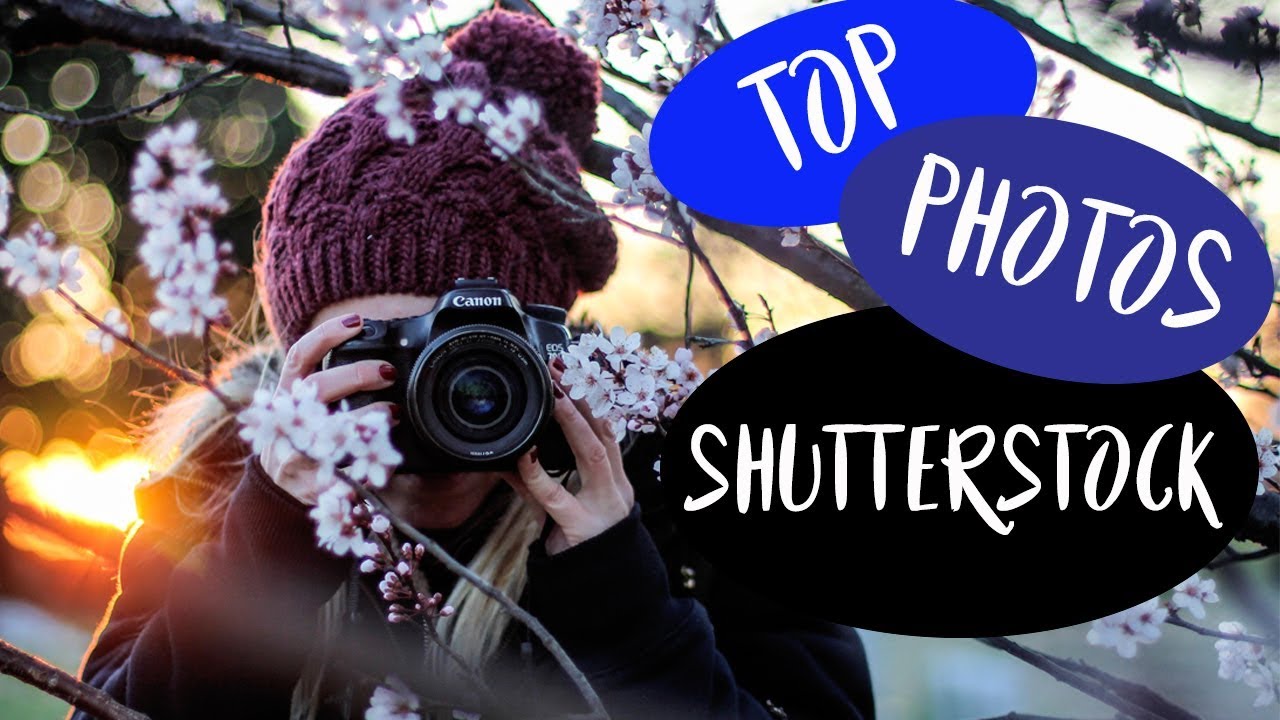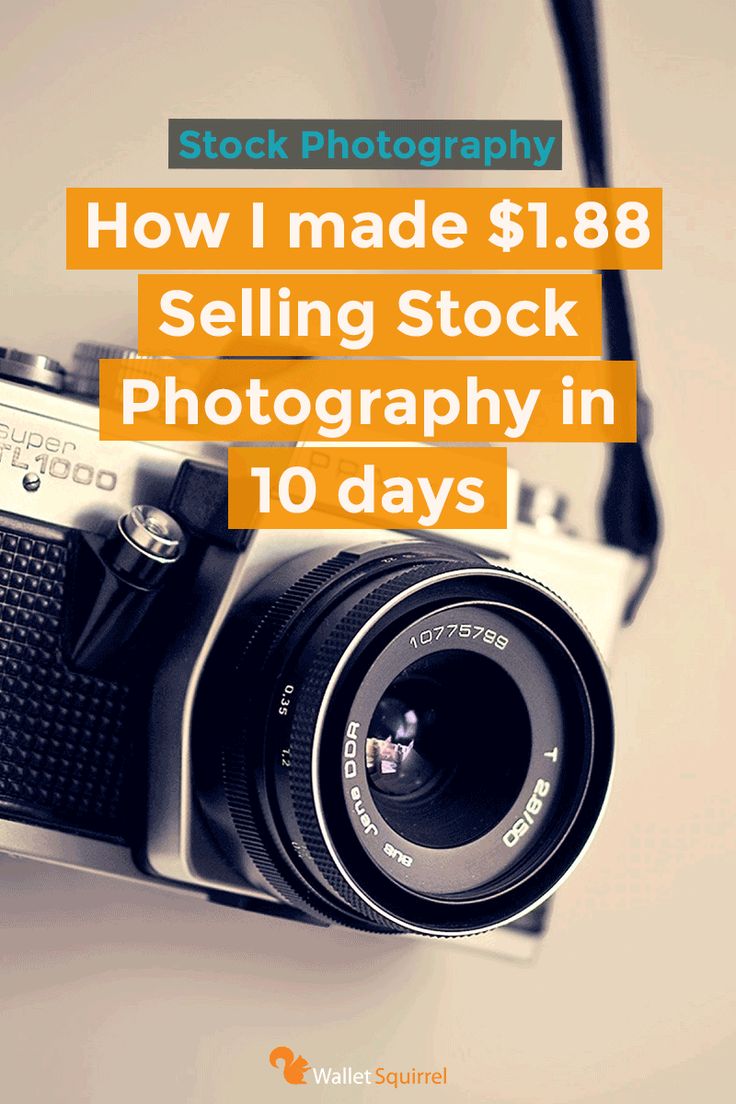Looking to find out which images are selling well on Shutterstock? Whether you’re a photographer, designer, or just curious about market trends, understanding how Shutterstock operates is the first step.
Understanding How Shutterstock Tracks Sold Images

Ever wondered how Shutterstock knows which images are popular or have been sold? It’s pretty fascinating! Shutterstock uses a sophisticated tracking system that records every transaction and downloads. When someone purchases or downloads an image, that activity is logged in their database. This data helps
Steps to Find Previously Sold Shutterstock Photos

Looking to get a sense of what kinds of images have already been sold on Shutterstock? Whether you’re a photographer aiming to gauge market trends or a buyer searching for similar images, knowing how to find previously sold photos can be incredibly helpful. Here’s a straightforward step-by-step guide to help you navigate this process:
Step 1: Log into Your Shutterstock Contributor or Buyer Account
If you haven’t already, make sure you’re logged into your Shutterstock account. Contributors can view their own sold images, while buyers can explore images that have been previously purchased or are popular. Having an account gives you access to tools and data that are essential for thorough searching.
Step 2: Use the Search Bar Effectively
Type in relevant keywords related to the images you’re interested in. For example, if you’re looking for photos of “sunset beaches,” enter those keywords. To refine your search further, consider adding descriptive terms like “sold” or “popular.” While Shutterstock doesn’t have a dedicated “sold” filter, combining keywords can help narrow down your results.
Step 3: Filter Your Results
After executing your search, look for filtering options. For contributors, you can filter by:
- Image Type: Photos, vectors, illustrations
- Orientation: Horizontal or vertical
- Color: Monochrome or color
- Release Year: To see recent sales or historical data
While Shutterstock doesn’t directly label images as “sold” in search results, you can often identify popular or frequently purchased images through their engagement metrics, such as views or downloads if visible.
Step 4: Check the Image Details
Click on individual images to view detailed information. For contributors, this page shows stats like the number of downloads, which can give you an idea of how popular an image is. For buyers, it helps to see the licensing options and previous usage if available.
Step 5: Utilize Contributor Portfolios and Collections
Many contributors showcase their best-sold images in their portfolios. Browsing these can give you insights into what types of images sell well. Similarly, some buyers create collections of images they’ve purchased before, which can serve as a reference for similar searches.
Bonus Tip:
If you’re serious about finding sold images, consider using third-party tools or marketplaces that track Shutterstock sales and trends. These can sometimes provide more detailed data than Shutterstock’s interface alone.
Using Shutterstock’s Search Features and Filters

Shutterstock offers a robust set of search features and filters designed to help you find exactly what you’re looking for, whether you’re searching for sold images or simply browsing for inspiration. Here’s how to make the most of these powerful tools:
Refining Your Search with Keywords and Phrases
Start by entering specific keywords related to your desired images. Use quotation marks for exact phrases, like “business meeting”, to narrow your results. Combine multiple keywords to get more targeted results, such as “sunset beach” or “happy family”.
Using Filters to Narrow Down Results
Once you’ve entered your search terms, take advantage of the filters located typically on the left side of the results page:
- Image Type: Choose between Photos, Vectors, or Illustrations.
- Orientation: Select Horizontal, Vertical, or Square based on your needs.
- Color Filter: Filter by dominant color to match your project palette.
- Release Date: Find the latest images or explore older, classic photos.
- People: Specify whether images contain people or are purely object-based.
- Model Release: Filter for images that have model releases, which is crucial for commercial use.
Sorting Search Results
After applying filters, you can sort results by:
- Relevance: Default setting, shows the most relevant images.
- Most Downloaded: Highlights popular images that have sold well.
- Newest: Displays the latest images uploaded.
This sorting helps you find images that are trending or historically popular, which is especially useful when searching for sold images.
Advanced Search Options
For even more precise searches, use Shutterstock’s advanced search options, such as:
- Exclude certain keywords to refine results.
- Search within specific collections or contributor portfolios.
- Filter by image resolution or size if you need high-quality images.
Leveraging Shutterstock’s Visual Search
Beyond text-based search, Shutterstock offers a visual search feature where you can upload an image or select a part of an image to find similar visuals. This is incredibly useful for finding sold images similar to your reference or inspiration.
In Summary
Shutterstock’s search features and filters are designed to make your image hunting process more efficient and effective. Whether you’re trying to track down previously sold images or just exploring what’s trending, mastering these tools can save you time and improve your results. Play around with the filters, experiment with different keywords, and don’t hesitate to explore the sorting options — the more familiar you become with these features, the better you’ll be at finding exactly what you’re after.
Utilizing Third-Party Tools and Resources for Sold Image Data

When you’re trying to get a handle on which Shutterstock images have been sold, relying solely on Shutterstock’s own platform can feel a bit limiting. Luckily, there’s a treasure trove of third-party tools and resources designed to give you deeper insights into sold images and trends. These tools can save you time, help you spot popular themes, and even uncover niche markets you might not have considered.
One popular approach is to use market research tools and data aggregators that analyze Shutterstock’s publicly available data. Some websites compile statistics on top-selling images, trending categories, and even sales volume estimates. While they might not have access to every individual transaction, they often provide valuable overall trends that can guide your search.
Another resource worth exploring is stock image analytics platforms like Pexels Analytics, StockInformed, or similar services. These platforms often track the performance of images over time, showing which types of visuals are gaining popularity. Some platforms even offer filters to see images that have recently been sold or licensed, giving you a peek into current market demand.
Social media and online communities are also a goldmine. Platforms like Reddit, Facebook groups dedicated to stock photographers, or specialized forums often share insights about what types of images are selling well. You might find discussions about recent sales, trending themes, or even direct links to successful images.
Lastly, some third-party tools offer searchable databases or APIs that integrate with your workflow. These tools can help you perform bulk searches or monitor specific keywords, making it easier to identify which images are being snapped up by buyers. Just keep in mind that some of these services might require a subscription or fee, but the investment can be well worth it if you’re serious about understanding market dynamics.
In summary, leveraging third-party tools and resources can provide a broader perspective on sold images, help you stay ahead of trends, and ultimately improve your chances of creating content that sells. It’s all about combining multiple sources of data to get the clearest picture possible.
Tips for Successfully Identifying Sold Shutterstock Images
Spotting which Shutterstock images have been sold isn’t always straightforward, especially since the platform doesn’t publicly list every sale. But with a few smart strategies, you can increase your chances of accurately identifying sold images and understanding what buyers want.
First, pay attention to visual cues. Sold images often have certain characteristics — high quality, clear focus, vibrant colors, and a strong emotional appeal. They tend to align with trending topics or popular themes like health, technology, or business. When browsing Shutterstock, look for images that stand out due to their professional composition or relevance to current events.
Second, look for metadata and licensing information. Some images may display indicators of high demand, such as lots of downloads or licensing options. If you have access to the image’s details, check for high-resolution versions or multiple licensing options, which can be signs of a popular, frequently sold image.
Third, use reverse image search tools. Upload images you suspect might be sold or popular, and see if they appear elsewhere with licensing or sales information. While this isn’t always definitive, it can help you spot images that are widely used or have been licensed numerous times.
Fourth, observe trends and seasonality. Certain images tend to sell better during specific times of the year — holiday-themed visuals during Christmas or summer scenes in June. Keeping an eye on seasonal shifts can help you predict which images might be in high demand.
Fifth, consider engaging with the community. Join forums, social media groups, or communities for stock photographers and buyers. Sharing insights and asking questions can reveal which images are selling well and why. Members often share success stories or tips that can guide your own searches.
Finally, practice critical analysis. When you find an image that seems to be selling well, analyze its composition, subject matter, and style. Comparing it to similar images can help you identify what makes it sell and apply those lessons to your own work.
In essence, successful identification boils down to a mix of keen observation, leveraging available data, and understanding market trends. With patience and practice, you’ll become better at recognizing the images that are flying off the virtual shelves and can tailor your content to meet market demands.
Legal and Ethical Considerations When Using Sold Image Data
When diving into the world of sold Shutterstock images, it’s super important to keep in mind the legal and ethical aspects. Just because an image is sold or available doesn’t mean you can use it however you want. Respect for copyright laws and ethical standards helps protect your reputation and keeps you out of trouble.
First off, always remember that Shutterstock licenses are specific. If an image has been sold, it usually means someone else has purchased the rights to use it under certain conditions. Using the image outside those terms can lead to copyright infringement, which might result in legal action or hefty fines.
Here are some key points to consider:
- Check the license type: Shutterstock offers different licenses (Standard, Enhanced, etc.). Make sure you understand what each allows and stick to those boundaries.
- Avoid unauthorized use: Do not use images that you haven’t purchased or don’t have explicit permission to use, even if they are listed among sold images.
- Respect model and property releases: Some images require releases, especially if they feature recognizable people or private properties. Using such images without proper releases can lead to legal issues.
- Give proper attribution if required: Typically, Shutterstock images don’t need attribution, but always double-check licensing agreements in case some images do.
Ethically, it’s about playing fair. Using sold images responsibly means respecting the creators’ rights and their work. It’s tempting to try and find loopholes, but doing so undermines the creative community and can harm your credibility as a content creator or marketer.
Additionally, be cautious about reselling or redistributing images you’ve purchased. Shutterstock’s licensing usually prohibits this unless explicitly allowed. Always read the licensing agreement thoroughly before repurposing images in new projects.
Lastly, stay updated on copyright laws and Shutterstock’s policies. These can change, and what’s permissible today might not be tomorrow. When in doubt, consult a legal professional or reach out to Shutterstock support for clarification. Better safe than sorry, right?
Conclusion and Best Practices for Searching Sold Shutterstock Pictures
Alright, we’ve covered quite a bit! To wrap things up, searching for sold Shutterstock pictures can be a game-changer for your projects—whether you’re looking for inspiration, understanding market trends, or sourcing high-quality images. But to do it effectively and responsibly, there are some best practices to keep in mind.
Here are some tips to help you make the most of your searches:
- Use specific keywords: Narrow down your search with detailed keywords that match your niche or project needs. The more precise, the better the results.
- Leverage filters: Use Shutterstock’s filters like date sold, image orientation, color, and category. Filtering by ‘sold images’ or ‘popular’ can help you find what’s trending or in high demand.
- Analyze trends: Look for patterns in the types of images that sell well. This insight can guide your content creation or purchasing decisions.
- Review licensing details: Always double-check the licensing terms of any sold image you plan to use. This ensures you’re compliant and avoid legal pitfalls.
- Respect intellectual property: Remember, just because an image has been sold doesn’t mean you can reuse it freely. Use only what’s permitted under your license.
- Stay organized: Keep track of the images you find, especially the ones you are interested in purchasing or studying further. Using spreadsheets or bookmarks can save you time.
- Stay updated: Market trends change, and so do popular image styles. Regularly check for new sold images to stay ahead of the curve.
In summary, searching for sold Shutterstock images isn’t just about finding popular pictures—it’s about understanding market demand, respecting legal boundaries, and using the data ethically. By following these best practices, you’ll be better equipped to harness the power of sold images for your creative or business endeavors.
Happy searching, and remember: responsible use combined with strategic searching makes for the best results!


